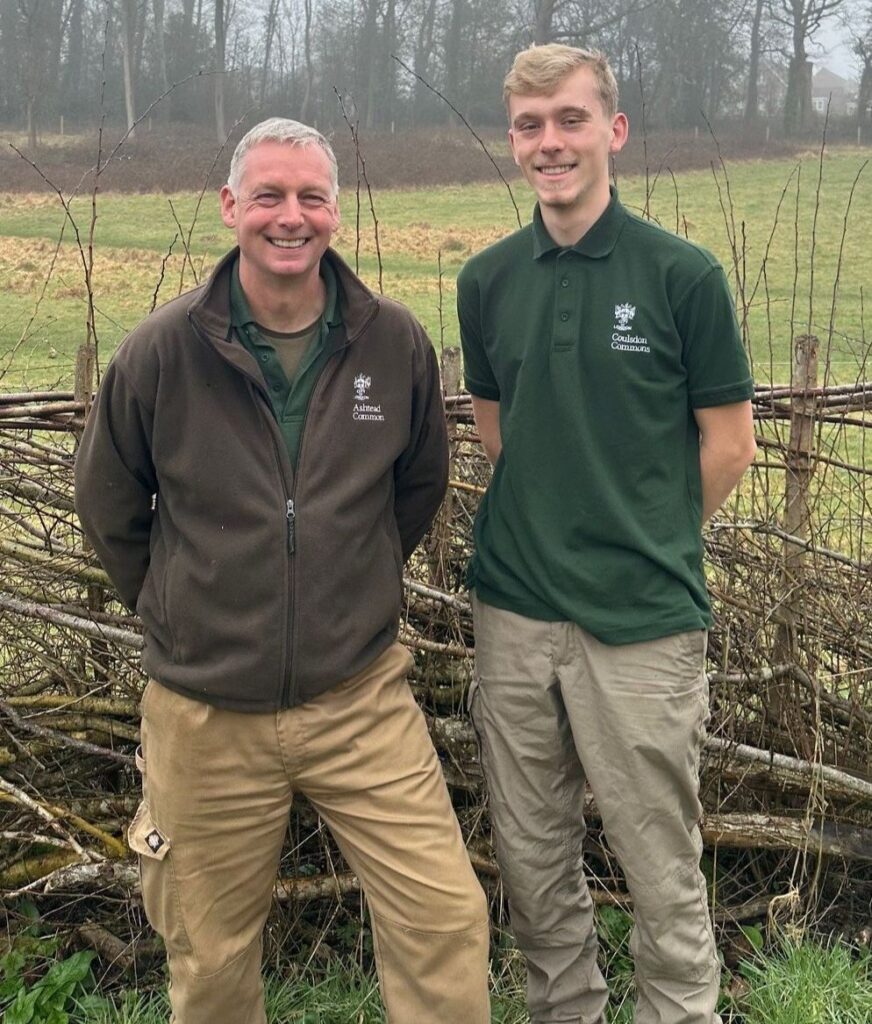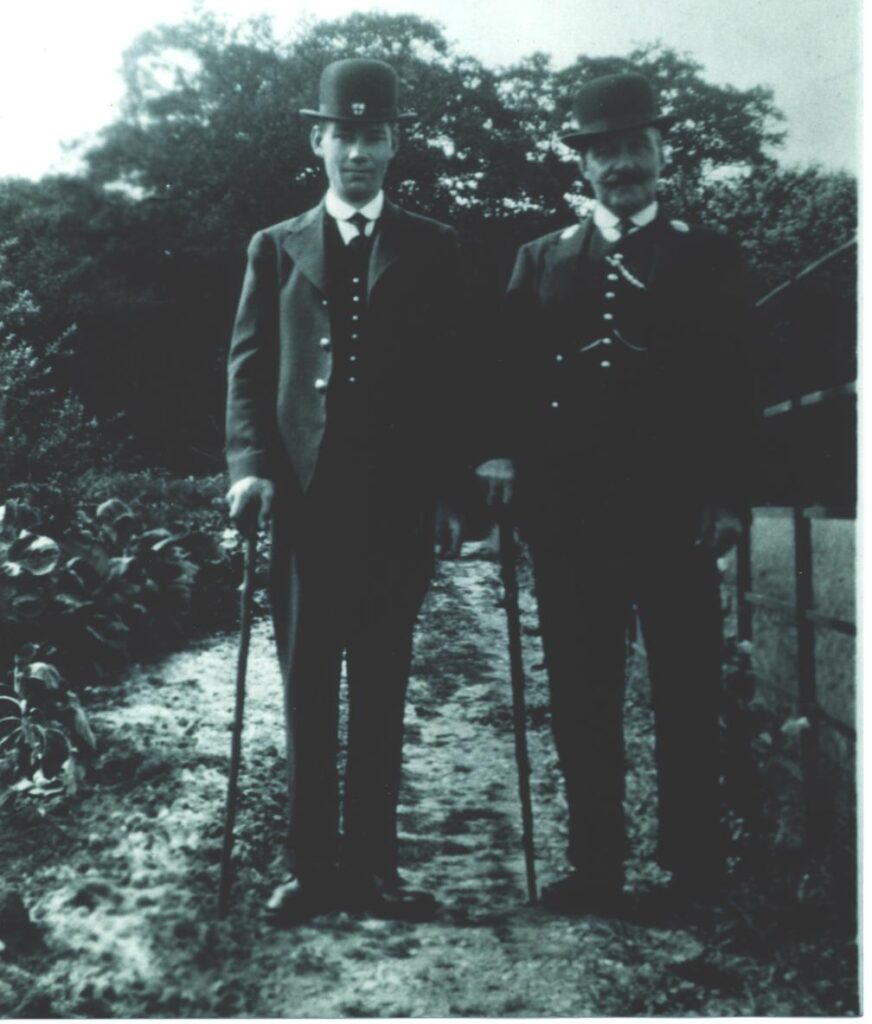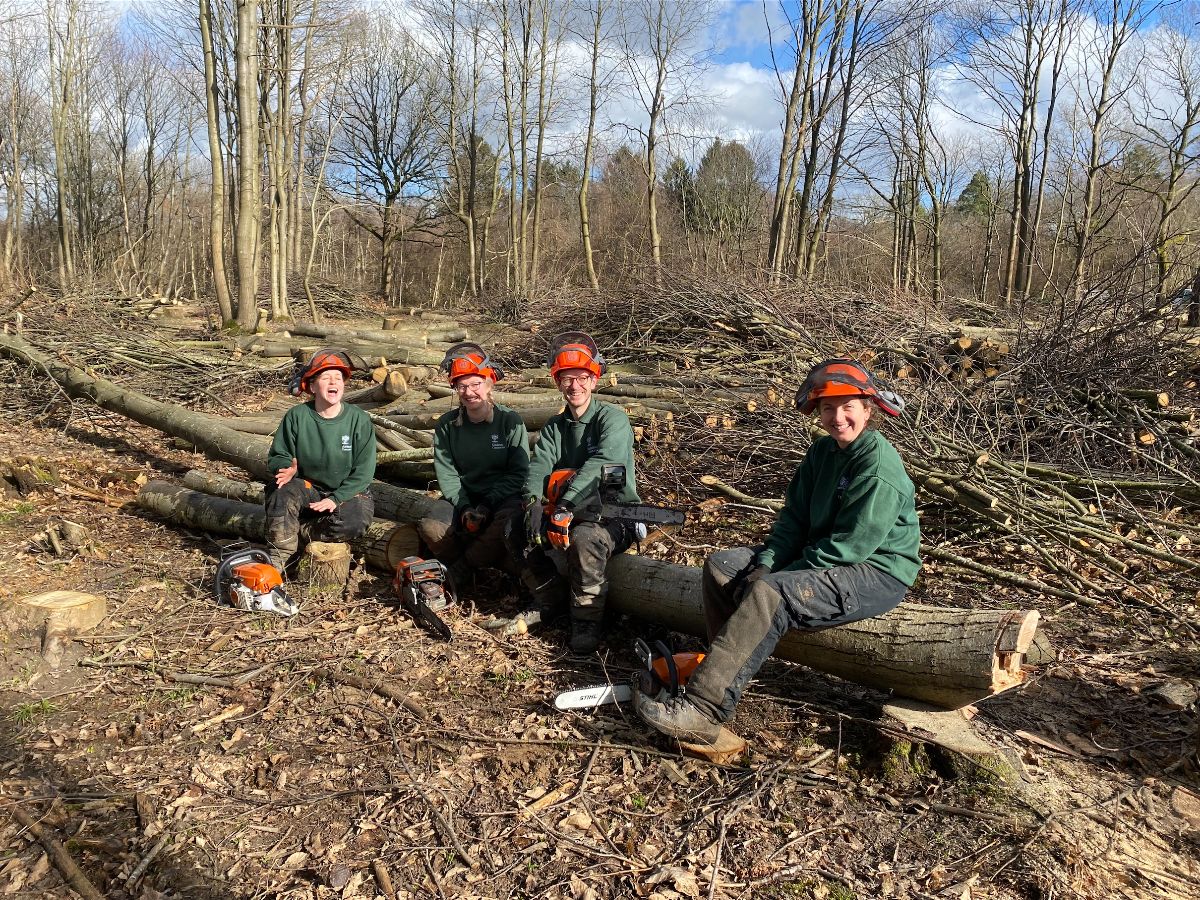All revved up: Rangers top up their chainsaw skills
In a bid to sharpen their skills, rangers from Ashtead Common joined colleagues from the Coulsdon Commons at the end of February for a three-day chainsaw refresher course. Practicing within the picturesque Norbury Park, the rangers honed their precision cuts for felling small trees up to 380mm in diameter, vital for all manner of conservation work that the rangers carry out.
We’d like to say a big thank you to Tony from Land Skills Training in Dorking for three fun days of learning!
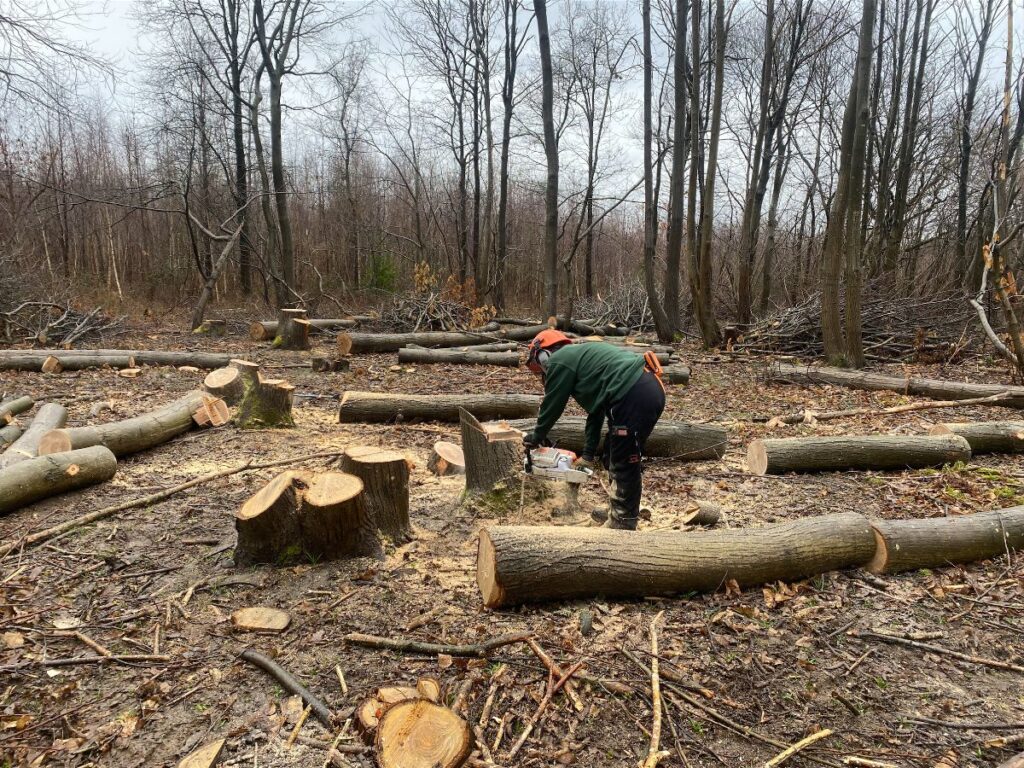
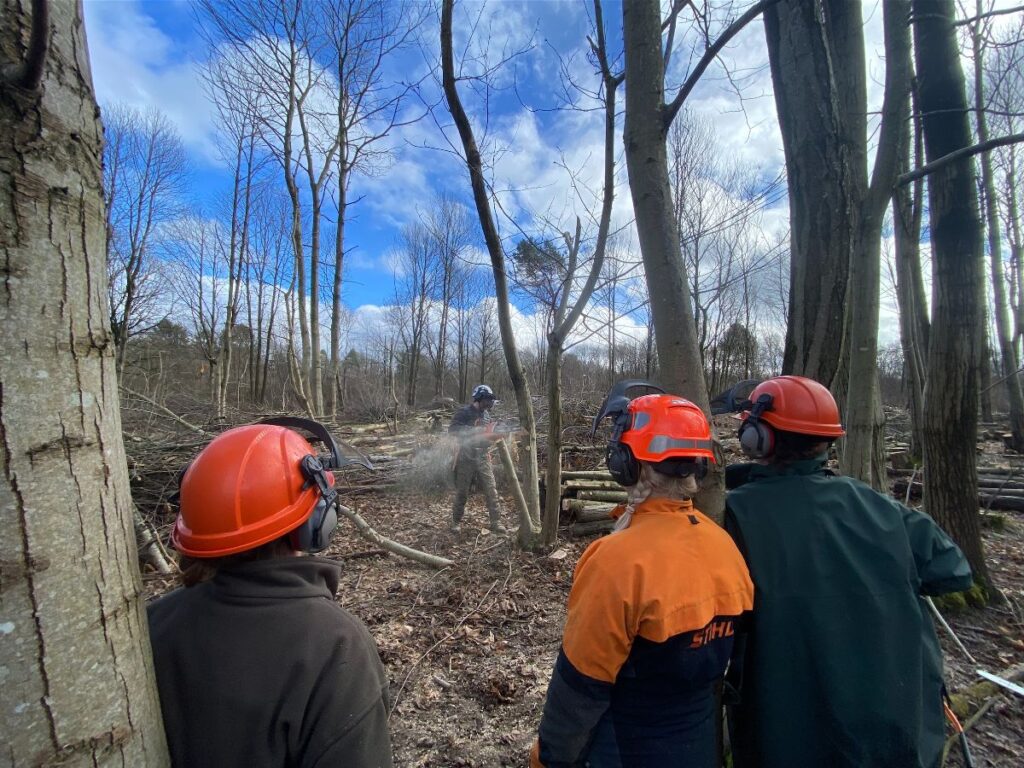
International research explores the veteranisation of trees
In 2012, Ashtead Common was selected to participate in a long-running international research project on the veteranisation of trees. The objective of the project is to expedite the processes of veteranisation to provide a continuation of habitat for saproxylic insects. This is achieved by artificially creating a range of different, naturally occurring features usually found on veteran trees, such as horse damage, letterboxes, woodpecker holes, rip branches, and ring-barked branches.
Saproxylic insects are often referred to as deadwood species. However, a more accurate description would be species dependent upon habitats associated with damage and decay in the bark and wood of trees and larger shrubs, including sap runs, fungal growth, rot holes, etc. With its wood pasture and a long unbroken continuity of habitat provided by a large population of open-grown ancient trees, Ashtead Common provides the textbook habitat for such species.
Building on this research, the Rangers have been collaborating with Natural England to examine the impact of veteranisation on the diversity of fungal communities in relation to different treatments and the extent of decay in the tree following the treatment. This month, they visited the trees to retrieve core samples, which are now being analysed for the presence of fungal species. To measure the extent of decay, a sonic tomograph will be used to create a 2 or 3-dimensional image of the internal structure of the trees. The findings will provide insight into the progress of the project as a whole.
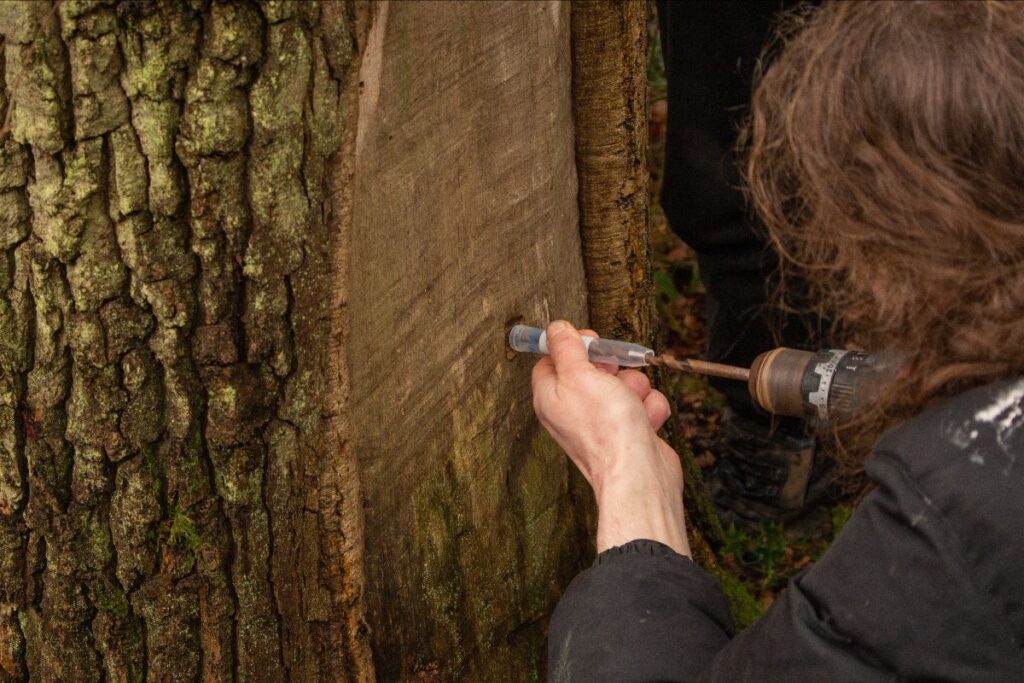
Breathing life into deadwood: Ashtead’s rise in saproxylic beetle rankings
We are thrilled to share the latest update following October’s newsletter: the final Saproxilic beetle survey report has arrived, and the news is incredibly positive. This survey builds upon the groundwork laid in 2008, where traps were strategically set across six previously surveyed locations. The meticulous analysis of trap contents has yielded valuable insights.
In his summary, Dr. Mark Telfer emphasized, “When considering the significance of Ashtead Common for saproxylic invertebrates and their habitats, the assessment unequivocally identifies it as a site of international importance”. The Saproxylic Quality ranks Ashtead Common as the 14th most important site in Britain, the 12th most important in southern England, and the 2nd most important in Surrey (second only to Richmond Park). Furthermore, the site shares the 4th position both nationally and regionally in the Index of Ecological Continuity (IEC), alongside Richmond Park. These findings not only meet, but exceed our expectations, validating our habitat management approach and, needless to say, the team at Ashtead is thrilled
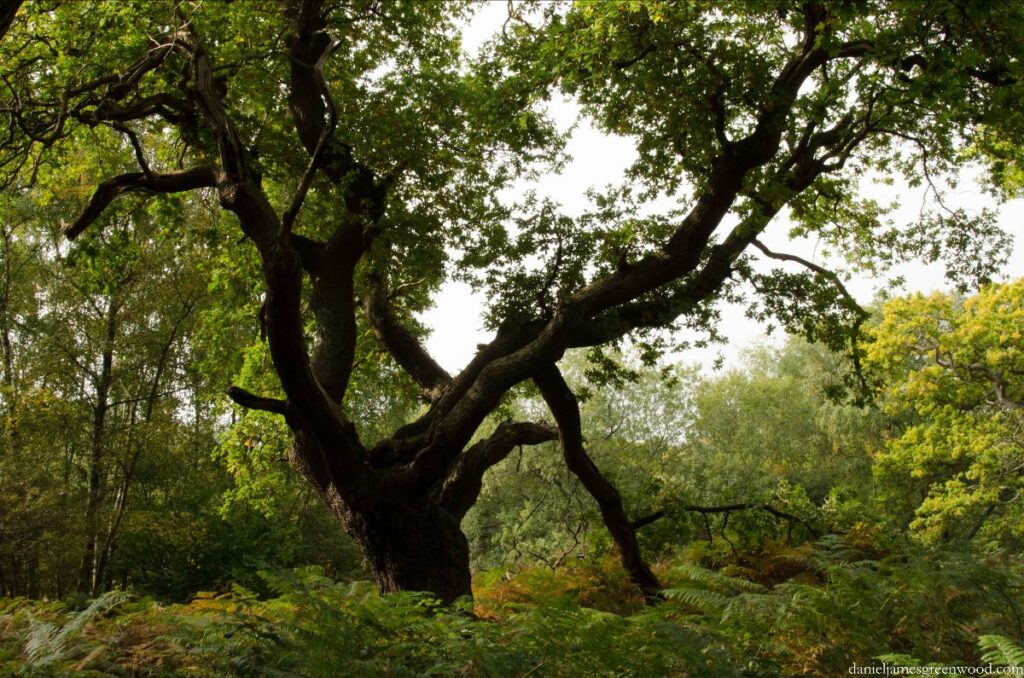
Two generations of Rangers
In the annals of the City of London’s history managing open spaces, the lineage of familial legacies managing the land has been relatively sparse. However, amidst this backdrop emerges Senior Ranger Shaun Waddell and Apprentice Ranger Adam Waddell, marking the first working father and son duo since the Aldridge family’s joint tenure as keepers at Spring Park in the 1930s, nearly 100 years ago. Since then, the job of being a Ranger (formerly keepers) has changed a little; the bowler hat, button-up shirt, and tie have been subbed for more practical attire suitable for outdoor work at least!
Shaun, as the Senior Ranger for Ashtead Common, has garnered a wealth of experience in conservation through a career as a Ranger for the City of London. Following in his father’s footsteps, Adam embarked on a 19-month apprenticeship with the City of London based at the Coulsdon Commons, acquiring essential skills such as coppicing, hedge-laying, and managing livestock alongside his college studies. A recent highlight in their collaborative journey was their participation in a hedge-laying competition at the National Trust’s Landbarn Farm in Dorking, where the duo clinched a commendable second place out of 17 teams.
Shaun reflects on this shared achievement with paternal pride, acknowledging the resonance between Adam’s passion and his own beginnings in conservation: “Adam and I exchange insights from our respective Commons at the end of each day,” Shaun remarks. “It’s a gratifying experience to share our progress and aspirations. He reminds me of my own early days in conservation back in the late 1980s.
